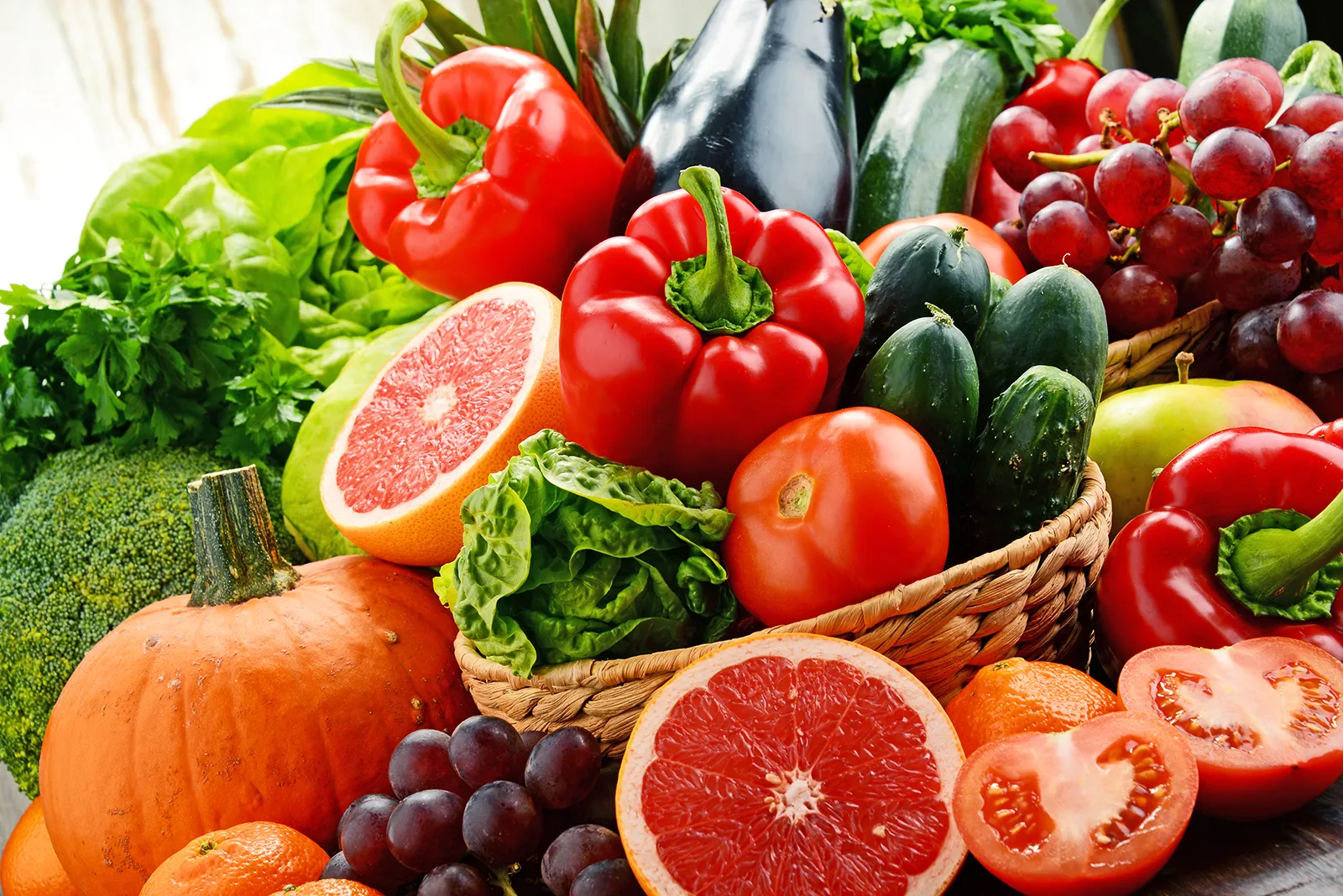The small intestine is a remarkable organ, playing a pivotal role in the digestive process and the absorption of nutrients. This elongated, coiled structure stretches approximately 20 feet in adults and consists of three main segments: the duodenum, jejunum, and ileum. Each section is uniquely adapted to facilitate the efficient absorption of digested food, ensuring that essential nutrients enter the bloodstream and reach the cells of the body.
Anatomical Structure
The design of the small intestine is intricately linked to its function. Its length allows for a substantial surface area, which is crucial for nutrient absorption. However, the true magic lies in its internal structure. The inner lining of the small intestine is covered with millions of tiny finger-like projections called villi. Each villus is further covered by even smaller hair-like structures known as microvilli. This arrangement dramatically increases the surface area, making it roughly the size of a tennis court when fully expanded. This extensive surface area is vital for understanding how is small intestine designed to absorb digested food efficiently as it passes through the digestive tract.
Segmentation and Motility
The small intestine’s design also includes specialized muscular layers that facilitate movement and mixing of the chyme (the semi-liquid food mass). Peristalsis, a series of wave-like muscle contractions, propels the chyme through the intestine. Additionally, segmentation contractions allow for the mixing of chyme with digestive juices, ensuring that nutrients are well-distributed and exposed to the absorptive surfaces of the villi. This combination of movements not only aids in mixing but also enhances the contact between nutrients and the absorptive surfaces, further promoting effective absorption.
Digestive Enzymes and Bile
The small intestine receives digestive enzymes from the pancreas and bile from the liver, both of which are essential for breaking down food into its component molecules. The pancreas releases enzymes such as amylase, proteases, and lipases, which target carbohydrates, proteins, and fats, respectively. Bile, which emulsifies fats, increases their surface area, making them more accessible to lipase enzymes. This cooperative action of digestive juices ensures that carbohydrates, proteins, and fats are sufficiently broken down into simpler molecules: sugars, amino acids, and fatty acids.
Nutrient Absorption Mechanisms
Once the food is digested into smaller molecules, the actual absorption occurs primarily in the jejunum and ileum. The mechanisms of absorption can be categorized into passive transport, facilitated diffusion, and active transport.
- Passive Transport: This method requires no energy and occurs when molecules move across the intestinal membrane from an area of higher concentration to an area of lower concentration. Small molecules such as water and some vitamins can be absorbed this way.
- Facilitated Diffusion: This process also does not require energy but involves specific carrier proteins in the cell membranes of the enterocytes (the absorptive cells of the intestine). Glucose and certain amino acids utilize this mechanism to cross the membrane.
- Active Transport: This method requires energy in the form of ATP to transport molecules against their concentration gradient. For example, the absorption of glucose and amino acids involves sodium-dependent transporters that utilize the sodium gradient established by the Na+/K+ ATPase pump.
Specific Nutrient Absorption
Different nutrients are absorbed in specific areas of the small intestine:
- Carbohydrates: Primarily absorbed as monosaccharides like glucose and fructose in the jejunum.
- Proteins: Absorbed as amino acids or small peptides, mostly in the jejunum and ileum.
- Fats: Absorbed as fatty acids and monoglycerides, which then reform into triglycerides within the enterocytes and are packaged into chylomicrons for transport into the lymphatic system.
The Role of the Gut Microbiome
Recent research highlights the role of the gut microbiome in nutrient absorption. The billions of microorganisms residing in the small intestine can aid in the breakdown of certain complex carbohydrates and produce short-chain fatty acids beneficial for health. These microbial interactions can influence the efficiency of nutrient absorption and overall gut health, further underscoring how is small intestine designed to absorb digested food.
Conclusion
Understanding how the small intestine is designed to absorb digested food reveals a masterfully crafted organ that ensures efficient nutrient uptake. Its extensive surface area, muscular contractions, and specialized absorption mechanisms work in concert to maximize the absorption of essential nutrients. As we continue to explore the complexities of human digestion, it becomes increasingly clear that the small intestine is not just a passive conduit for nutrients but an active player in maintaining our health and well-being. This knowledge can lead to better dietary choices and insights into various digestive disorders, highlighting the importance of this remarkable organ in our overall physiology.

